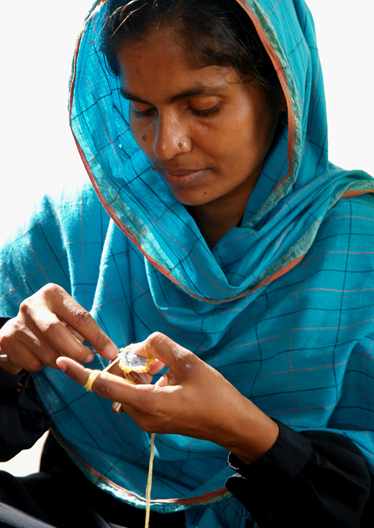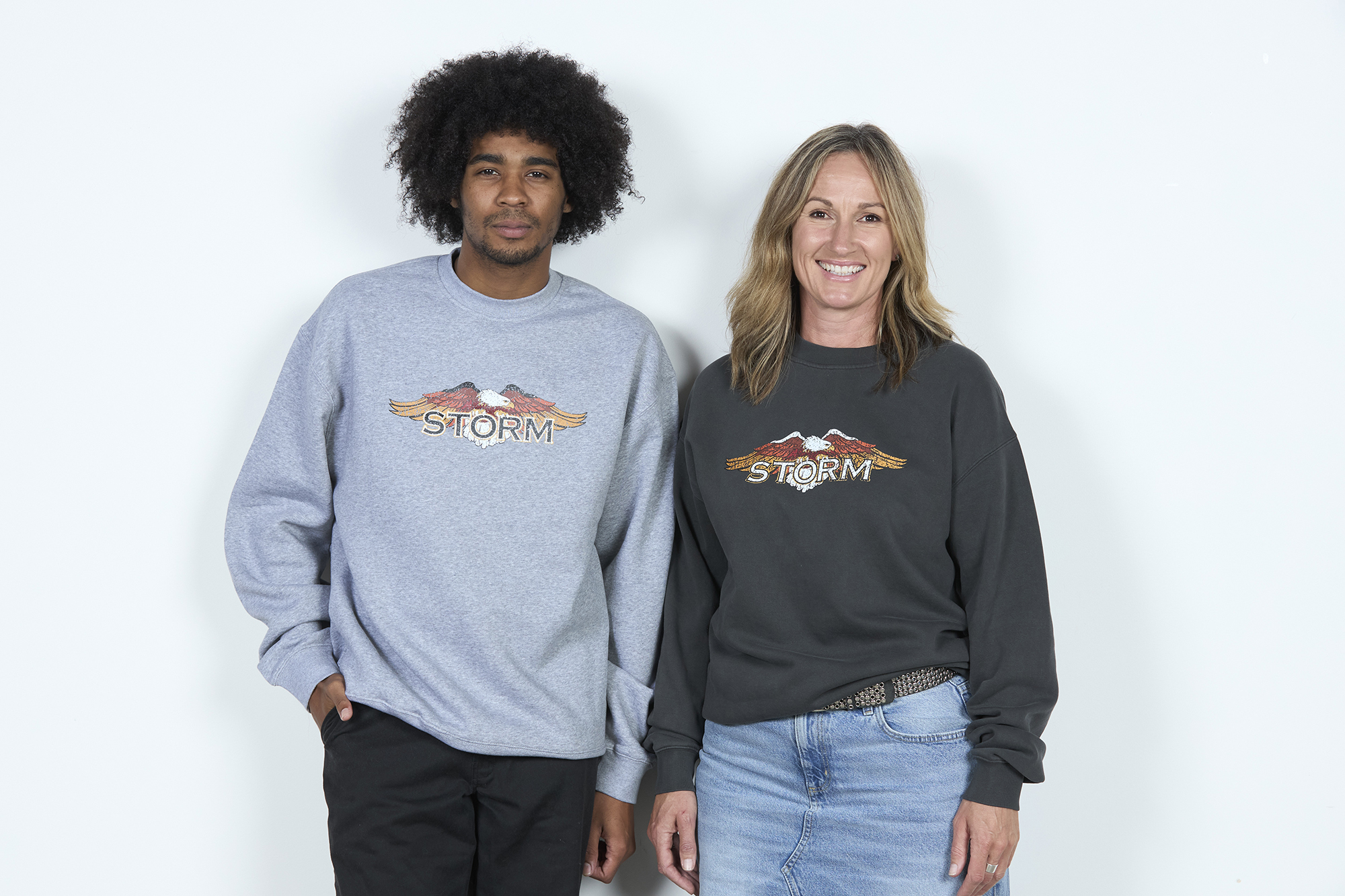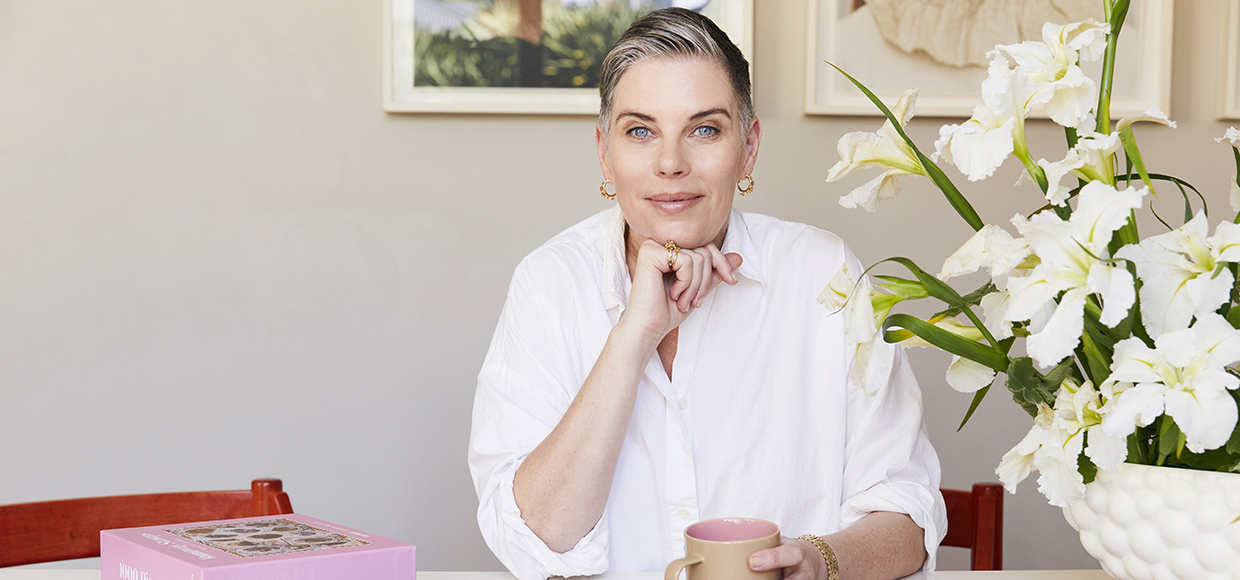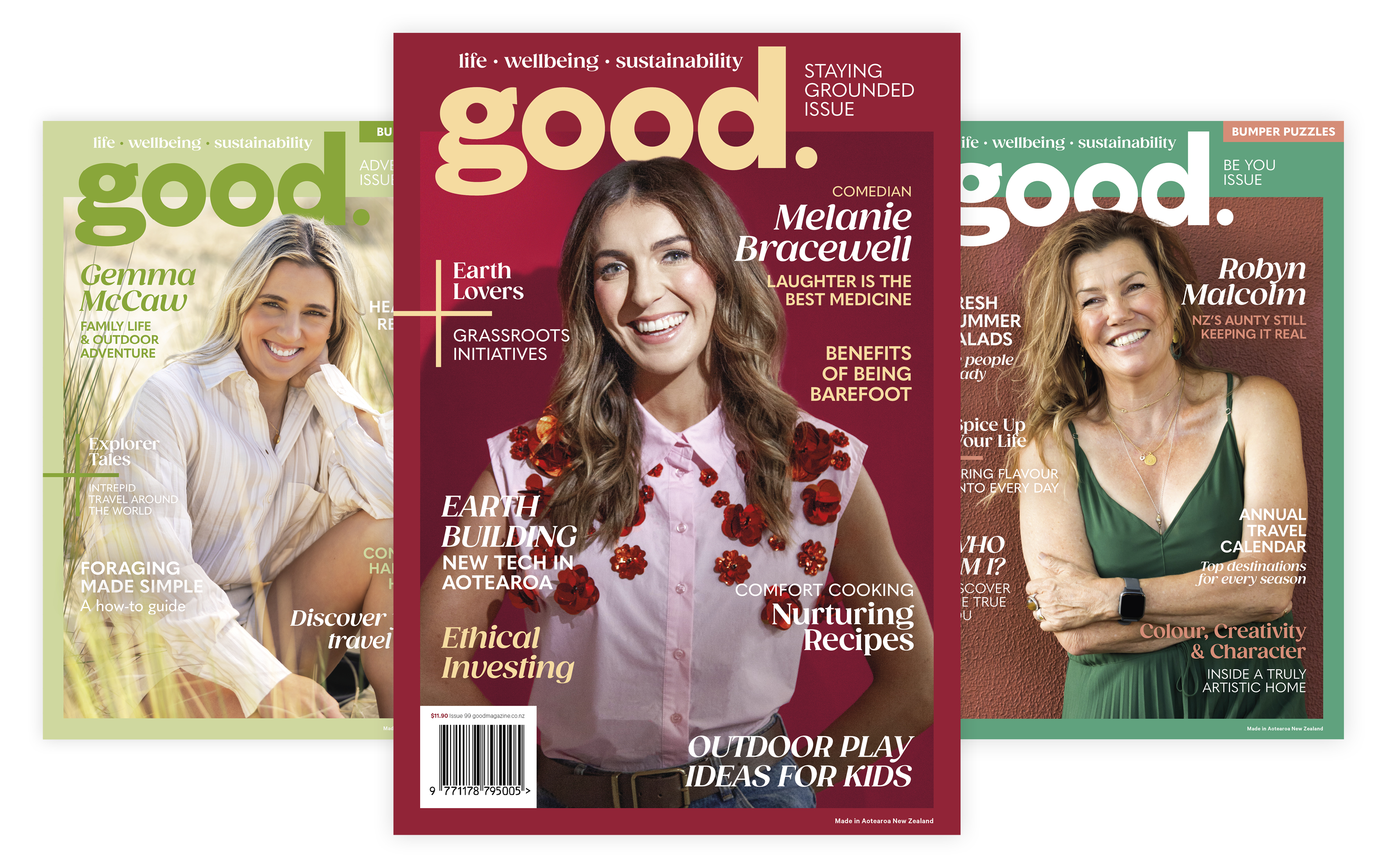Turning handcrafts into a full-time job might be a big enough challenge, but Samantha Morshed successfully did it – in Bangladesh.

Turning handcrafts into a full-time job might be a big enough challenge, but Samantha Morshed successfully did it – in Bangladesh. She tells us about Pebble, which employs rural Bangladeshi women to create beautiful children’s toys which are now sold across the world
Q: How did Pebble come about?
A: Hathay Bunano is a non-profit organisation I started in 2004 shortly after my family moved en masse to Bangladesh. Bangladesh is an amazing country of vibrancy and energy. It’s colourful and exciting, busy and chaotic. It’s a place you really can’t imagine until you’ve visited. It’s also a place of incredible poverty and of people who are so strong and resilient regardless of what life throws at them.

In 2004 Bangladesh wasn’t new to me. I made my first trip here in 1992 when Morshed, whom I later married, and who is British Bangladeshi, wanted to show me where he had grown up and to introduce me to his mother and the land he loved.
It wasn’t many days after arriving in 2004, with two small boys in tow, that I realised that morally it was necessary for me to put whatever limited skills I had to help in a small way. I have always loved crafts and the women of Bangladesh make beautiful things as part of their culture and heritage and so it wasn’t such a great leap to teach some knitting and crochet skills and start to make toys that would likely have an eager customer base and could potentially bring sustainable and flexible employment to rural and disadvantaged women.

It was important to me that not everyone wants to be an entrepreneur and we need to create opportunities for those who simply want sustainable, regular, fairly paid employment. Hathay Bunano was started to demonstrate that it was in fact possible to create sustainable, flexible, fairly paid, local employment and to demonstrate that there would be a demand for this.
And then being in Bangladesh, it’s impossible to ignore the huge ready-made garment industry. This industry has grown enormously over the past 25 years and now employs millions of young women, something once thought unimaginable. Whilst it brings many benefits in terms of employment and economic development, it also has problems in terms of economic migration and long hours of work and again this was something that I sought to demonstrate an alternative to with Hathay Bunano. It was not about building a brand but rather about demonstrating that consistent quality and volume was possible in handicrafts and that it was possible in rural Bangladesh.

Over time it became increasingly clear that Hathay Bunano needed its own brand so the story of the products and the processes and the potential for handmade could be told. Pebble was launched in January 2010, six years after the start of Hathay Bunano.
Soon my husband was working with me full-time setting up new rural production centres and arranging training courses as we were expanding. Sometimes I miss those early days sitting cross-legged on the floor in a remote village teaching groups of women to knit and learning Bangla from them at the same time, but I’m excited about where Pebble now is and the hope it brings to all the women we work with.
I was very fortunate to be honoured with an MBE in 2009 for my work in Hathay Bunano.

Q: How many Pebble items have been produced and sold around the world?
A: A lot! When we started with Hathay Bunano nearly nine years ago, we used to despatch one carton a week and I thought that was a lot. Now we send a sea container every week to somewhere in the world.
A: So many are my favourites for different reasons! Because I make the designs they are most often inspired by something in my life and so immediately have memories for me. I love the organic cotton bunny rattle in duck egg blue because it reminds me of a little bunny that I made for my second son, Tawfiq, when he was born. He loved the way the long ears had no stuffing in and just contentedly chewed on them all the time. So this product always reminds of the days I spent pushing a buggy around central London while Tawfiq chewed happily on his bunny.Q: Which has been personally your favourite item so far?
Q: What aspect of Pebble are you most proud of?I also really love the ‘Once Upon a Time’ range, because of the possibilities it gives children for storytelling. It’s so nice to see young children playing with these and making up their own stories about what happens to the princess and her dragon. Just this month I’ve made samples of new rag dolls that are coming to Pebble and these are my current favourite. The face for the doll is copied from a rag doll I made when I was eight years old. Her name is Molly and I still have her and it’s so nice to see her as the inspiration for a new product. I could go on and on because every product has a story.
A: Without a doubt I’m most proud of the way that the artisans of Pebble have taken ownership of the business and see it as their own, this has also been key to the success. I love it when I go to a remote part of Bangladesh and turn up at a rural production centre and the artisans just carry on chatting and working, oblivious to the fact I’m there. The rural centres feel like they belong to the artisans because the artisans have taken such strong emotional ownership of them.
In the beginning this wasn’t the case: the women were timid and quiet and would defer to me as a point of authority. They would wait standing up and wouldn’t sit until I asked them to and they would only speak when I asked them a question. It was like I was the boss. Now it’s not like that at all. We very much talk as equals and more than that, the women feel that their production centre is theirs. They understand that they are the force that makes Pebble grow and they take confidence from that. It’s great to see this sort of transition in people because it’s a transition that affects the whole of their lives, not just their work. It’s also ongoing since we are continually setting up new centres and seeing this transition take place.
Q: Where do you see Pebble growing to in the next five to ten years?
A: Well of course I see Pebble continuing to grow and expanding sales into more countries and continuing to set up new rural production units in Bangladesh to meet demand, but more than that I see Pebble changing the way we look at hand manufacture as a business option.
Pebble has demonstrated that hand manufacture is a valid production process for mainstream products and so I hope that in the next five to ten years other manufacturers, who maybe don’t currently have a handmade range, will start to look at this as a possibility and even be pushed into it by demand from consumers. Ethical hand manufacture has huge potential as a tool in the reduction of poverty around the world and in the work towards the first millenium development goal of reducing poverty and ending hunger.





